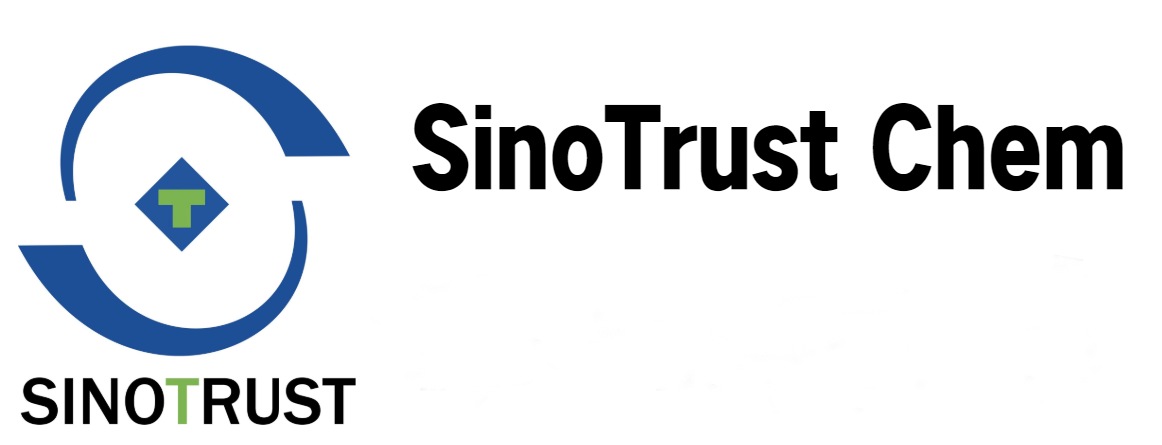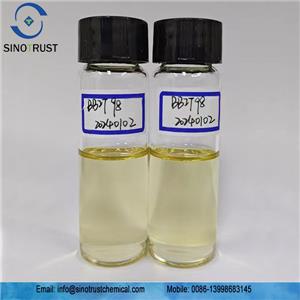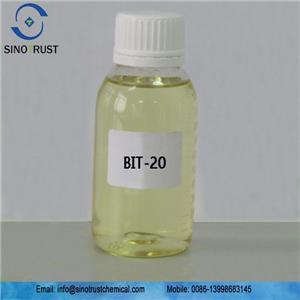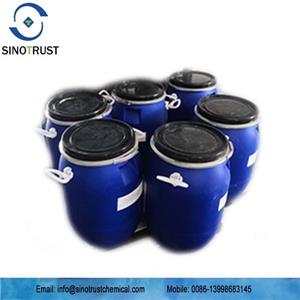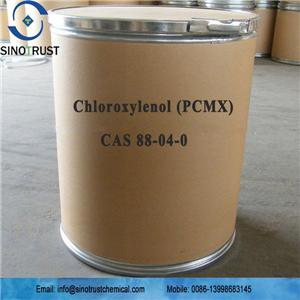산업용 방부제 - KATHON (CMIT/MIT)
Industrial Preservatives - KATHON (CMIT/MIT)
kathon is one of the isothiazolinones, the English abbreviation CMIT/MIT, the chemical formula is C8H9ClN2O2S2, mainly composed of 5-chloro-2-methyl-4-isothiazolin-3-one (CIT) and 2-methyl- 4-isothiazolin-3-one (MIT) composition. CAS No. 26172-55-4 & CAS No. 2682-20-4.
Our factory professcial produce two types of Kathon Preservatives. One is Kathon, also called CMIT/MIT 1.5, Which is with stabilizer of Magnesium salts and coper salts. The other s Kathon CG, called CMIT/MIT 1.5CG, Which is with stabilizer of Magnesium salts.
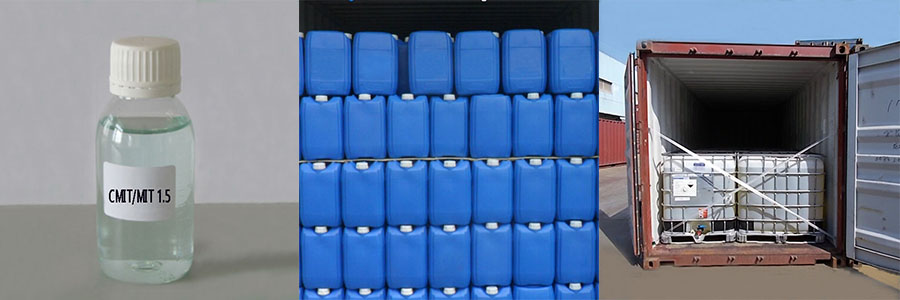
The Antibacterial mechanism of isothiazolinone
Isothiazolinones act by breaking bonds in bacterial and algal proteins. After contacting with microorganisms, isothiazolinones can rapidly and irreversibly inhibit their growth, resulting in the death of microbial cells. Therefore, they have strong inhibitory and killing effects on common bacteria, fungi, and algae.
Feature
It is characterized by strong antibacterial ability, small application dose, good compatibility and low toxicity, and it has strong antibacterial effect on a variety of bacteria and fungi. They have their high efficiency, good compatibility, wide pH range, and natural biodegradation.
Application
Isothiazolinone fungicides are also widely used in iron and steel smelting, oilfield water injection, oil refineries, thermal power plants, large fertilizer plants, paper mills, textiles, water coatings, industrial cleaning and other fields.
CMIT/MIT-1.5 is a wet state preservative with a very wide application field. It can be used alone or in combination with other active ingredients such as methylisothiazolinone (MIT-10) or formaldehyde donors.
CMIT/MIT-1.5 is a proven slimicide in paper manufacturing. CMIT/MIT-1.5 contains neither formaldehyde nor cationic or phenolic substances. Therefore, it is particularly suited for use in products not compatible with these substances.
